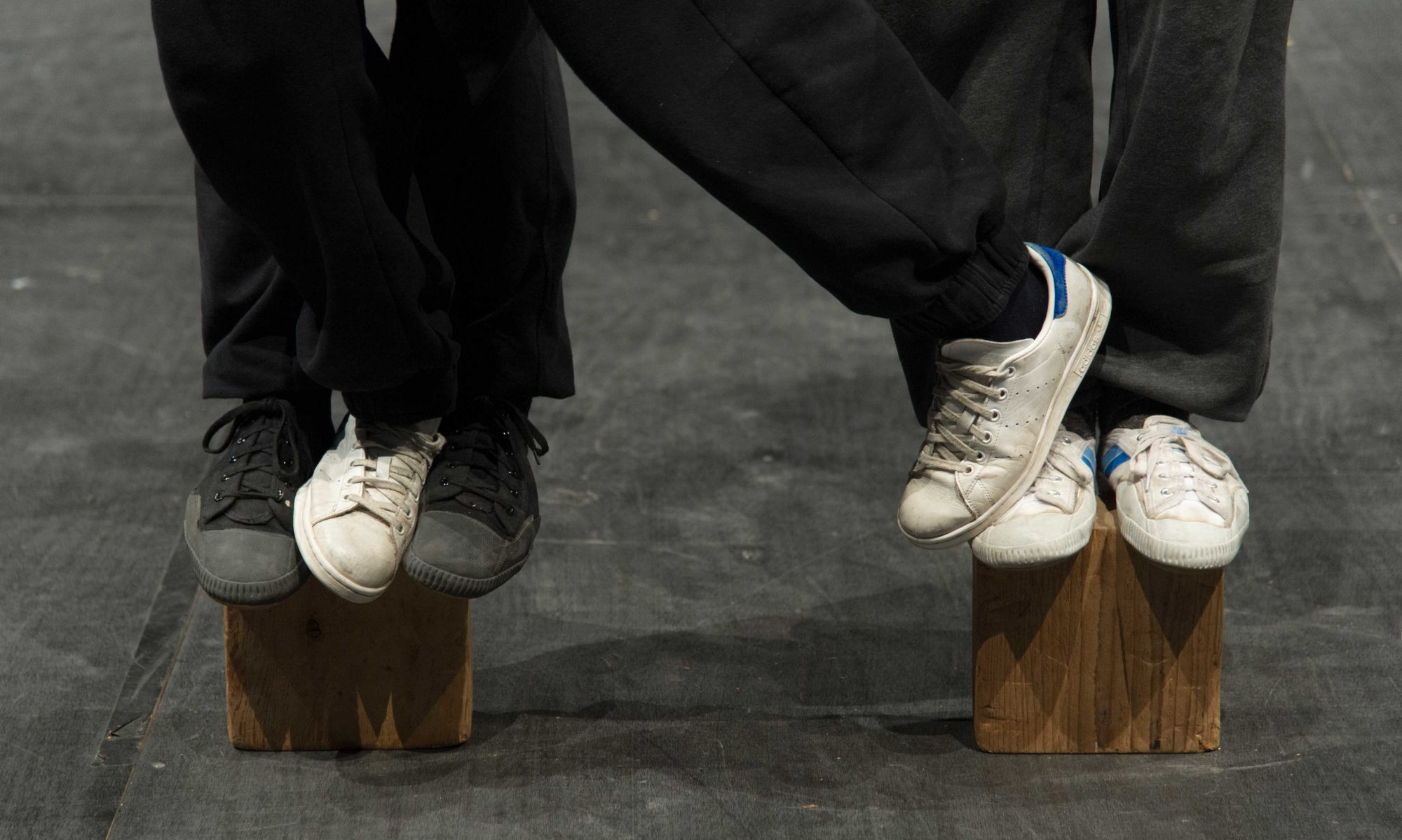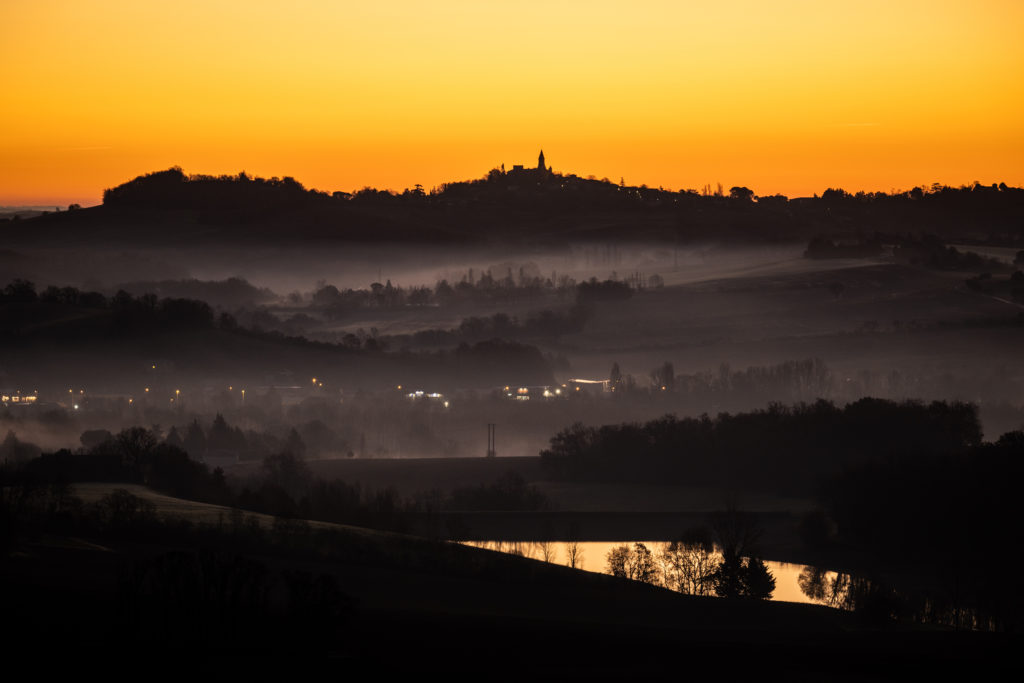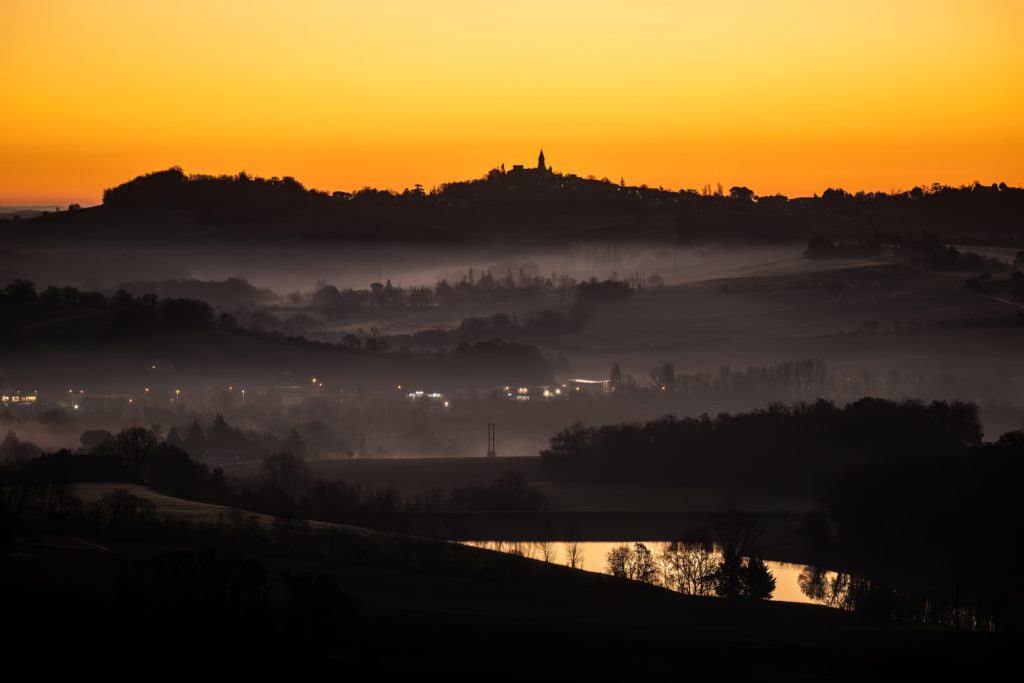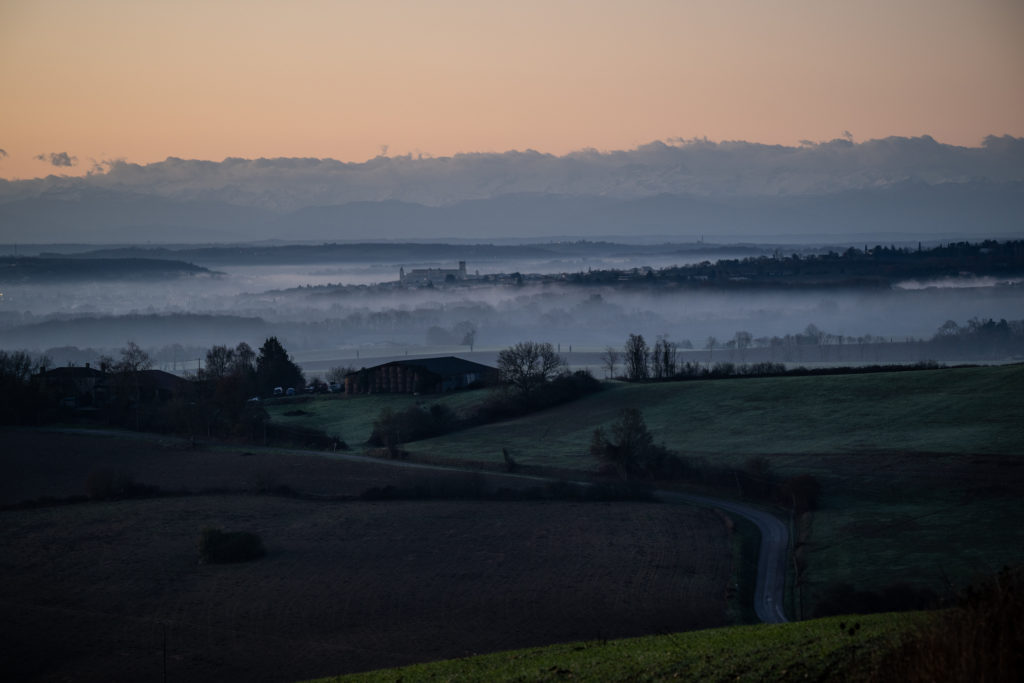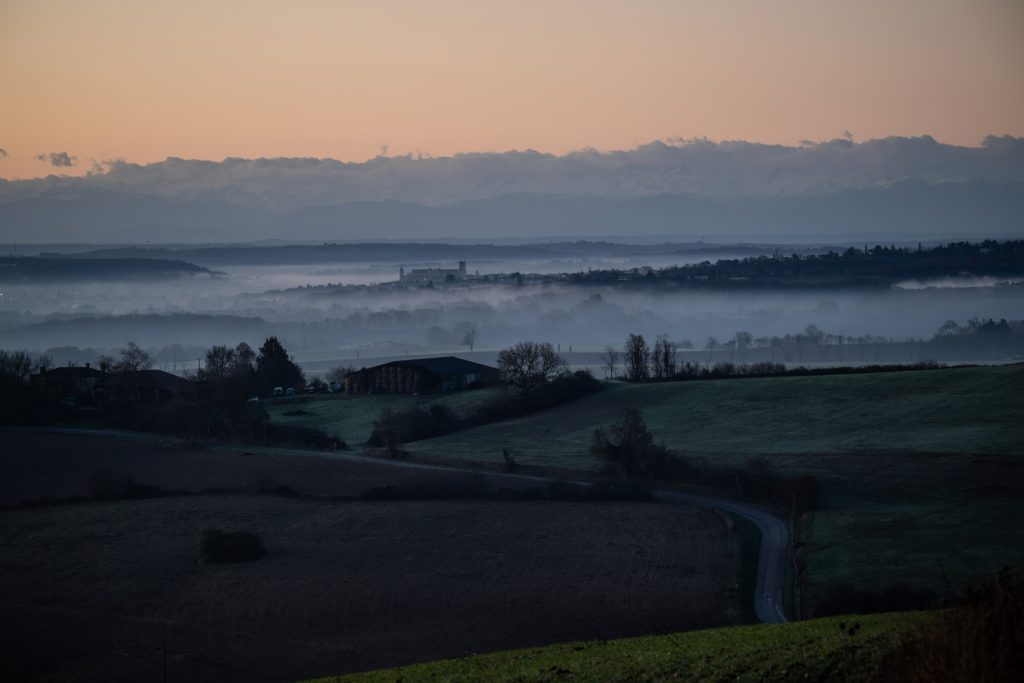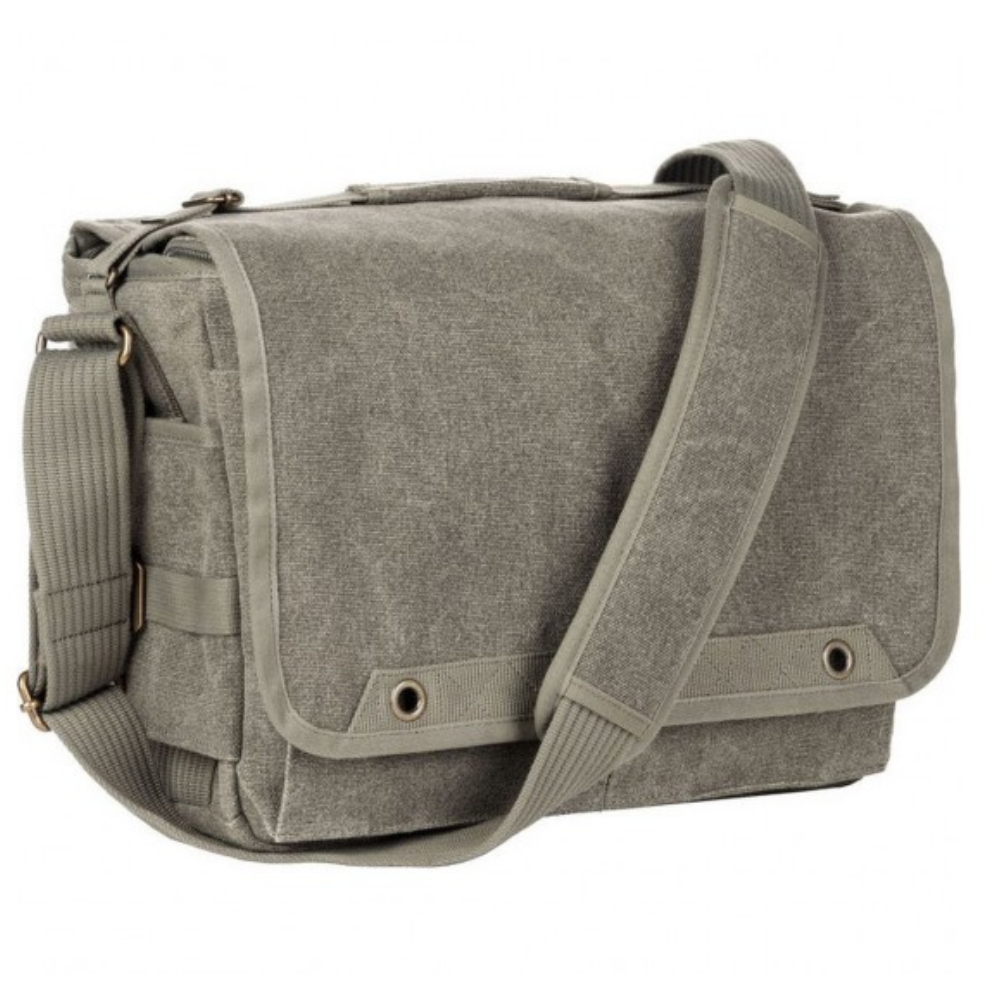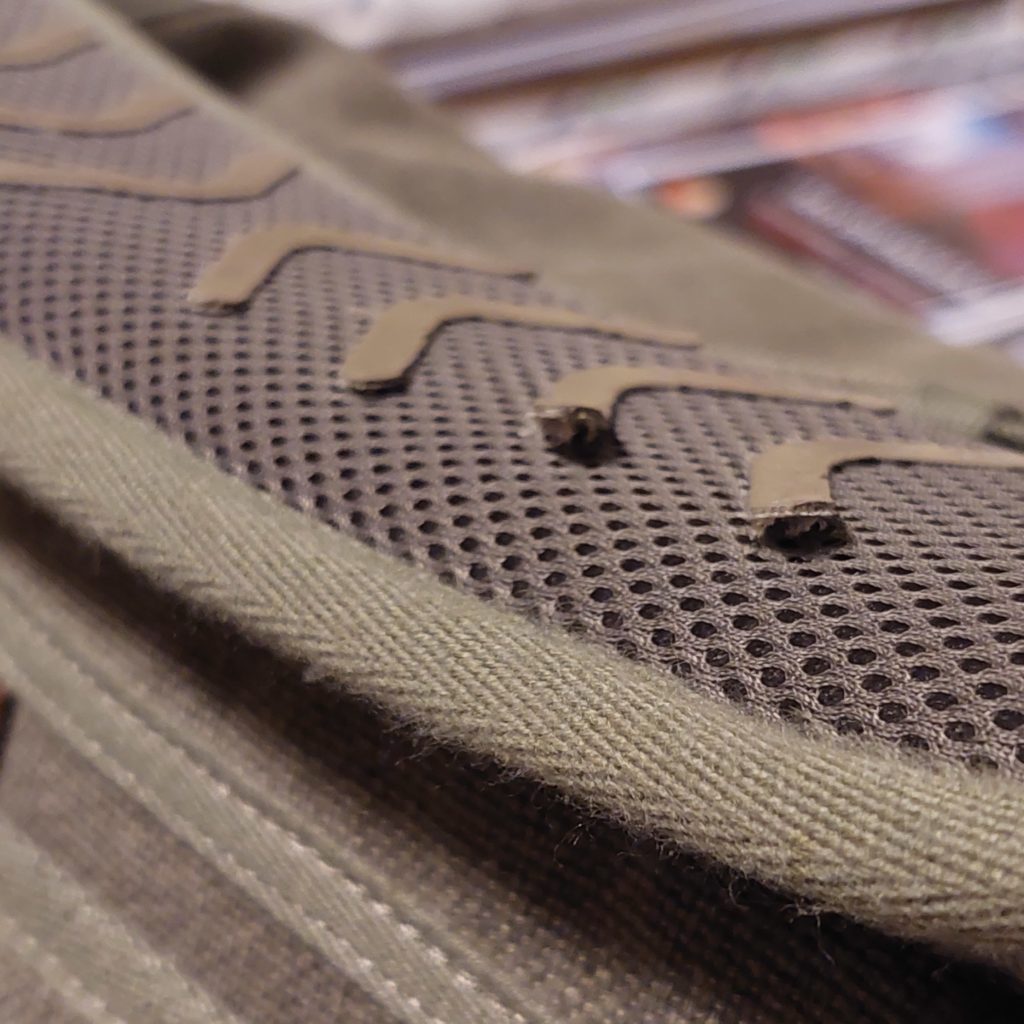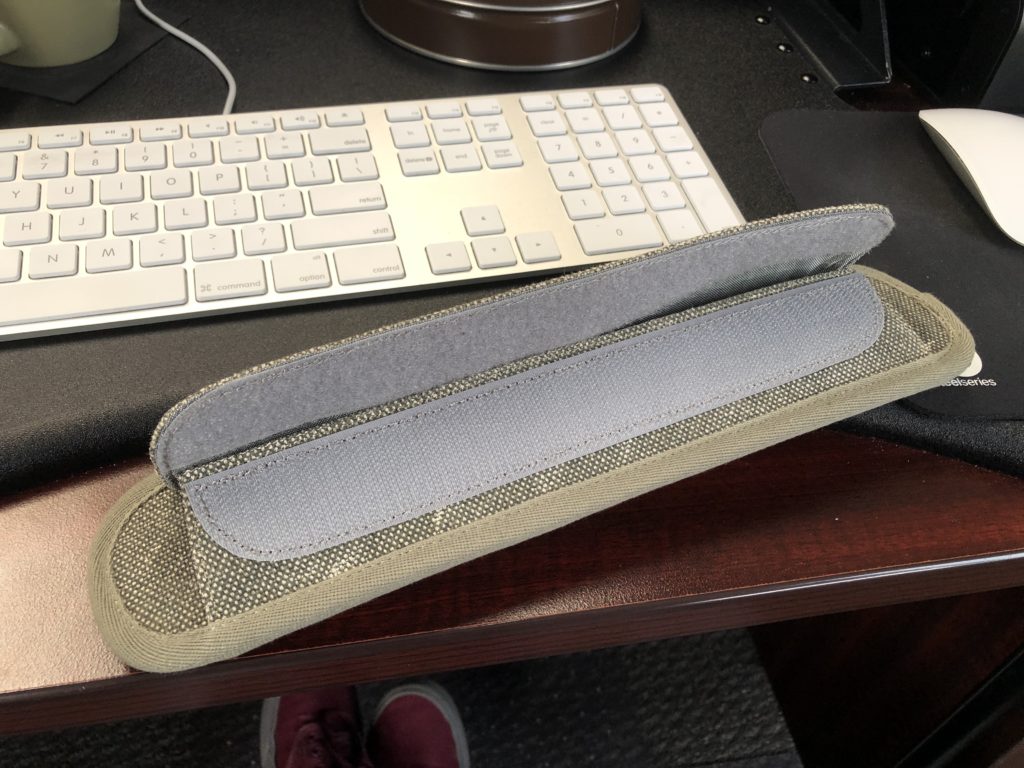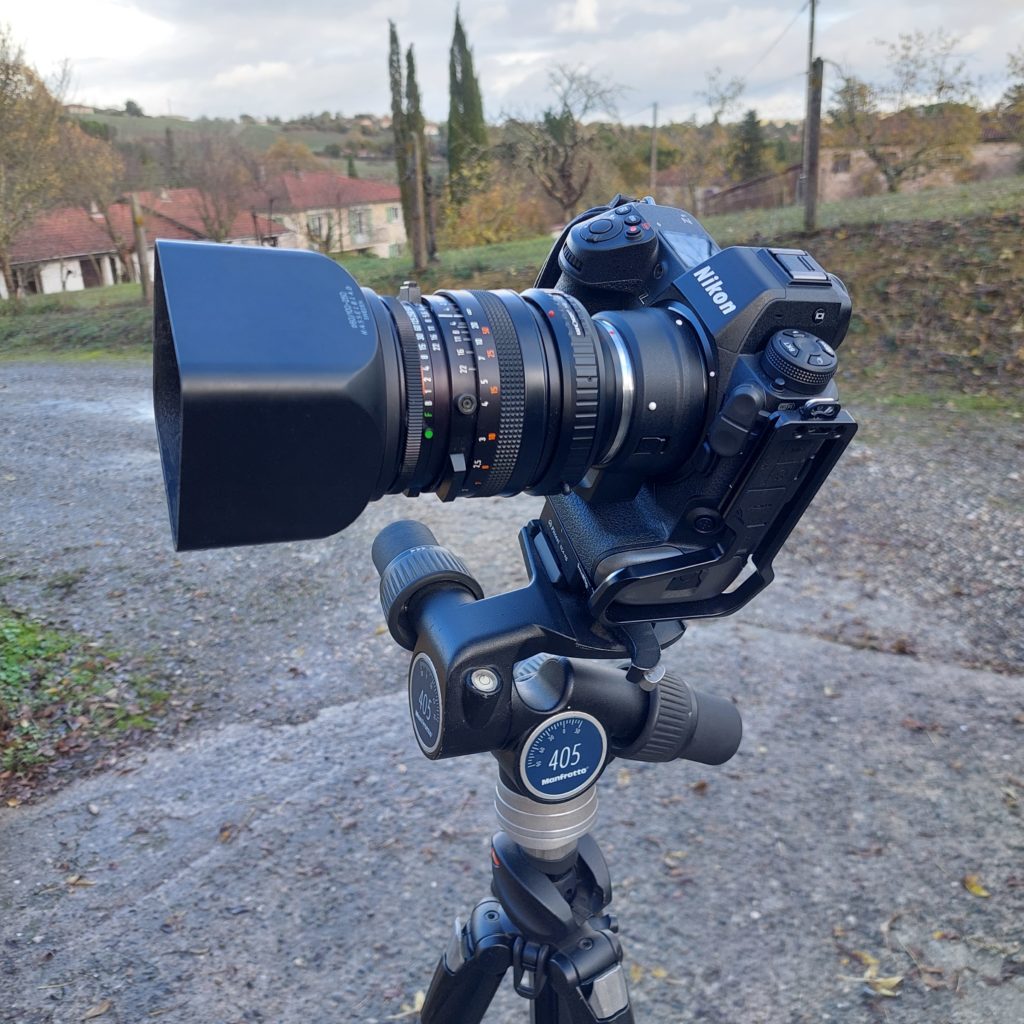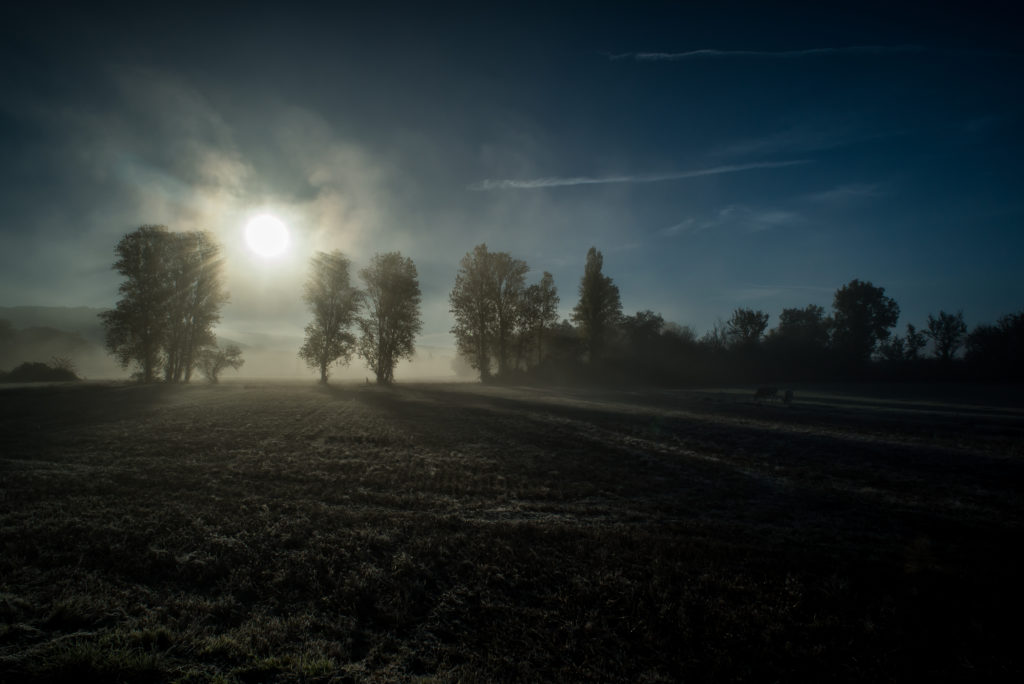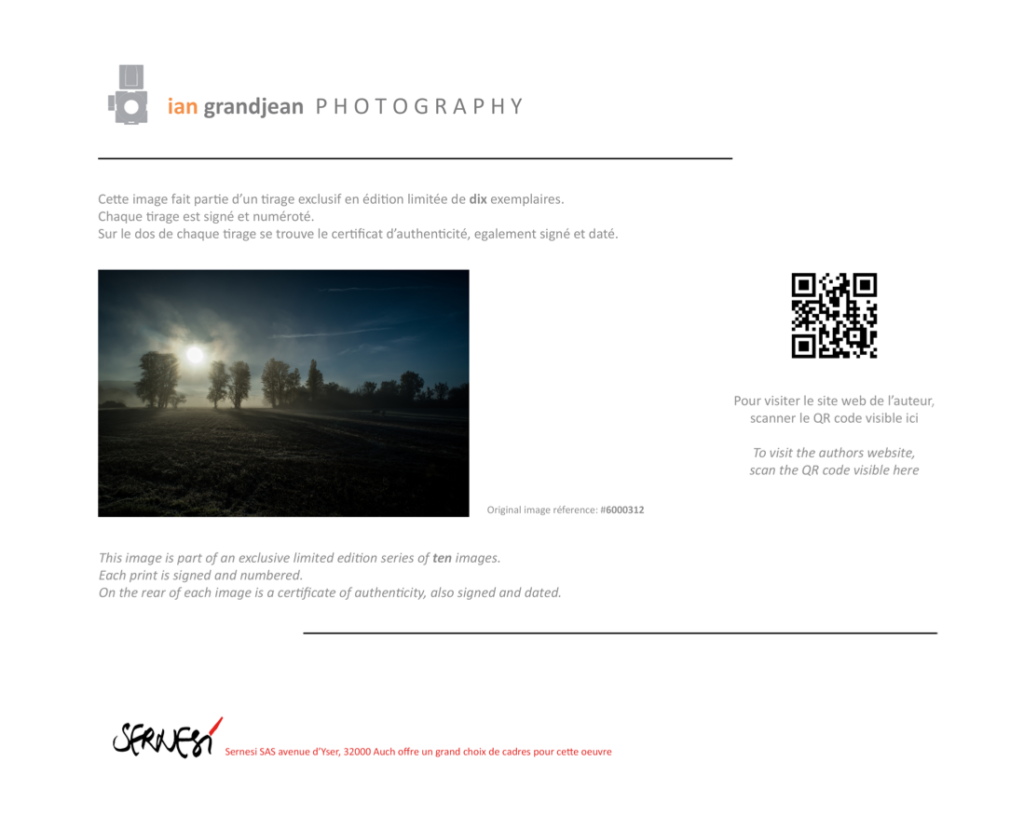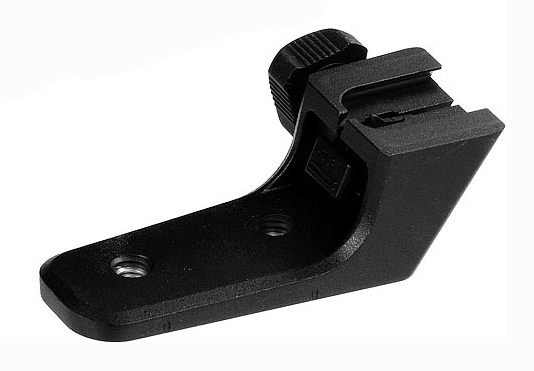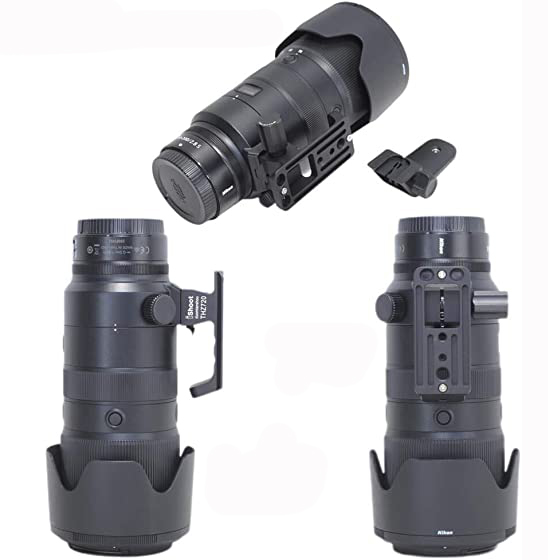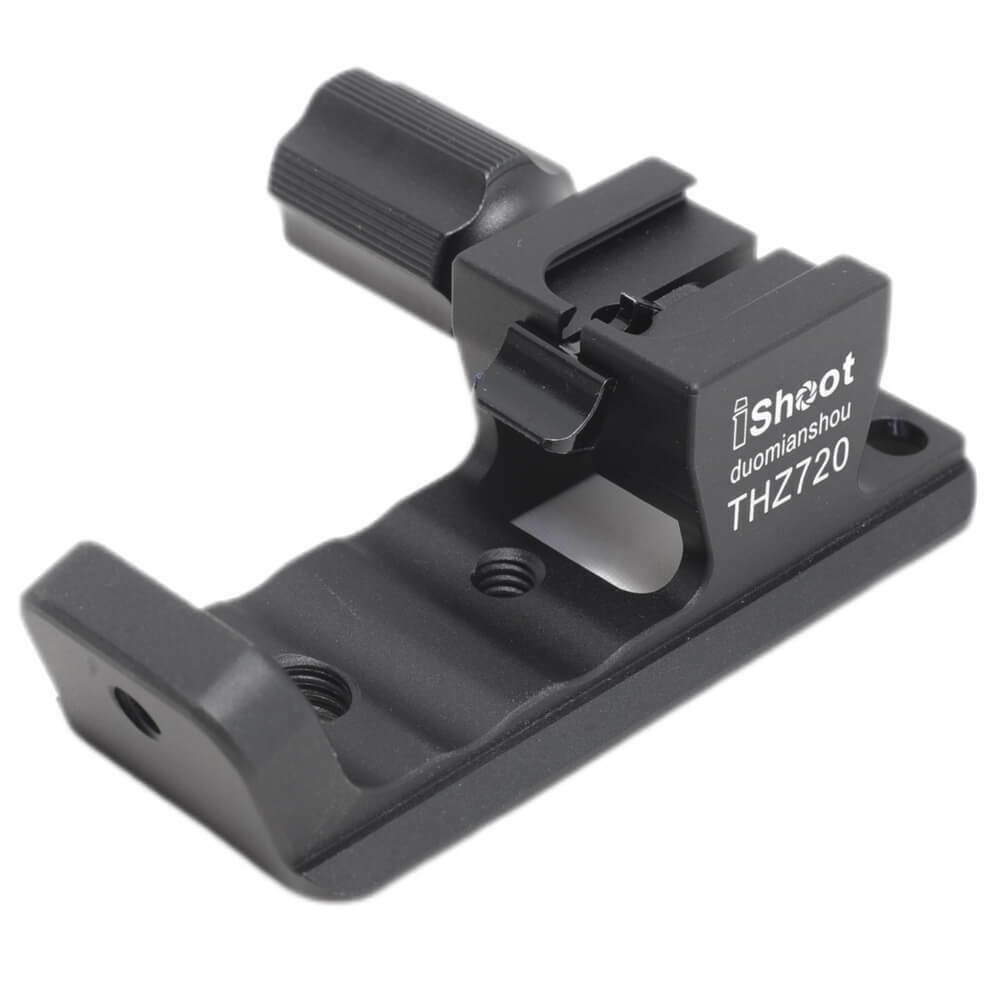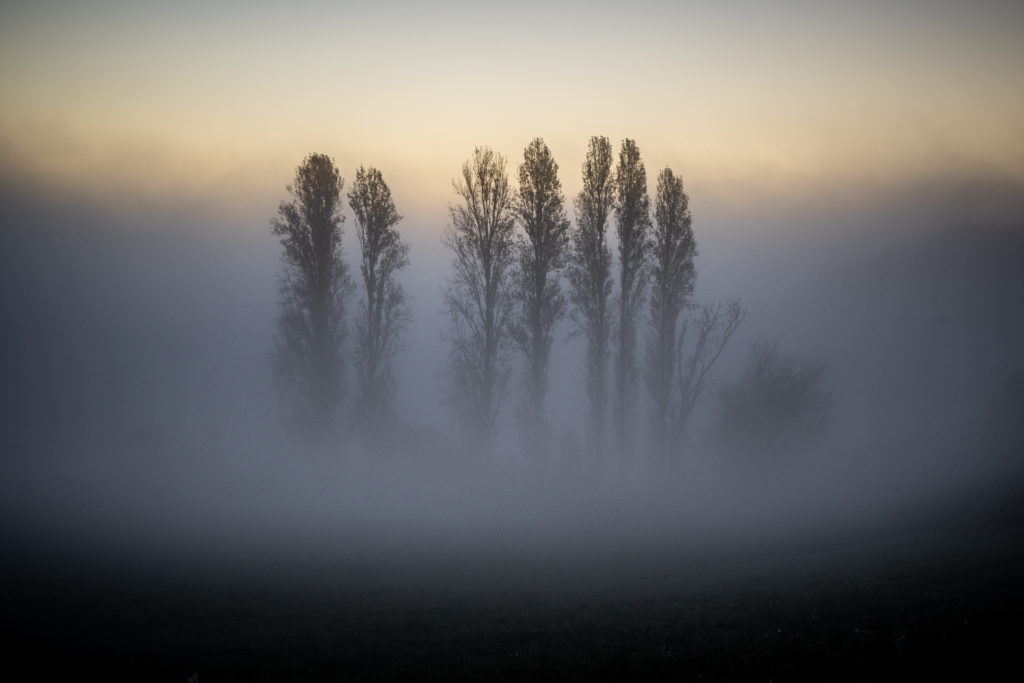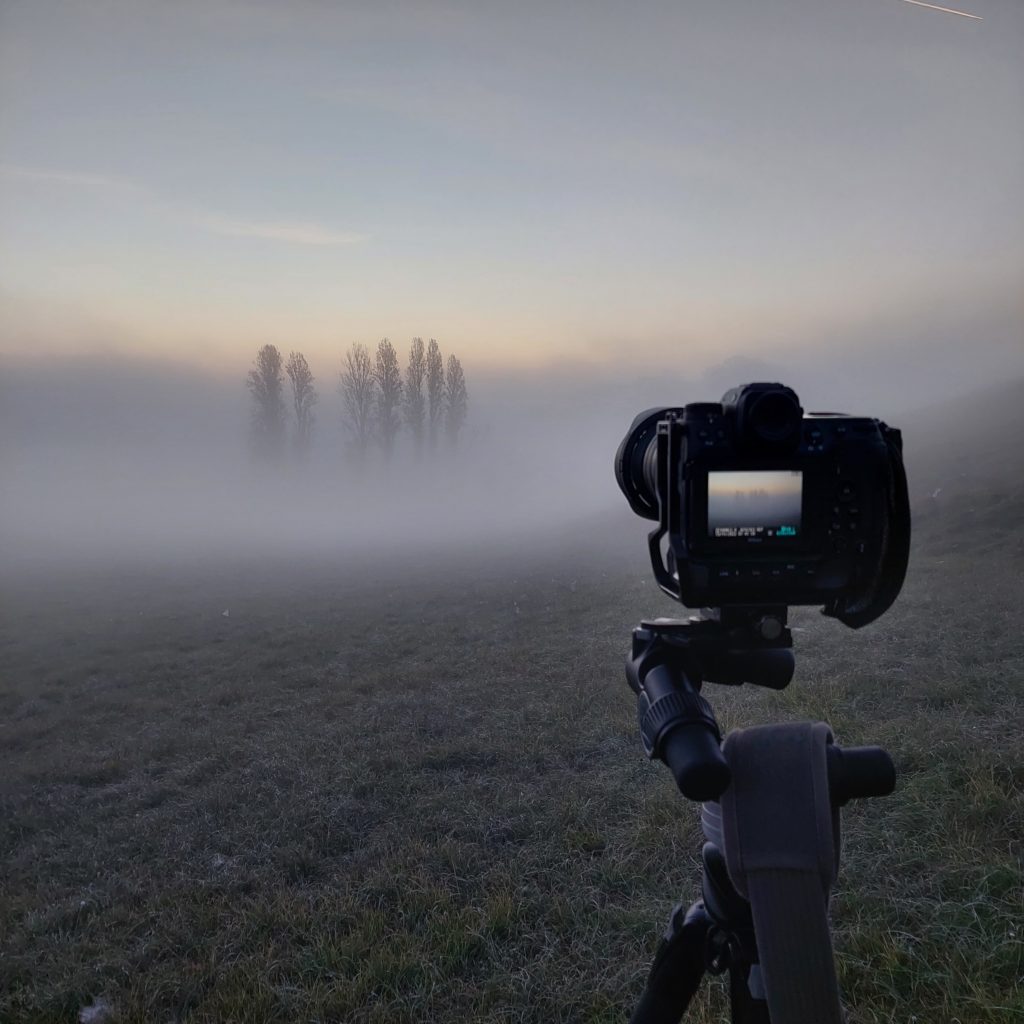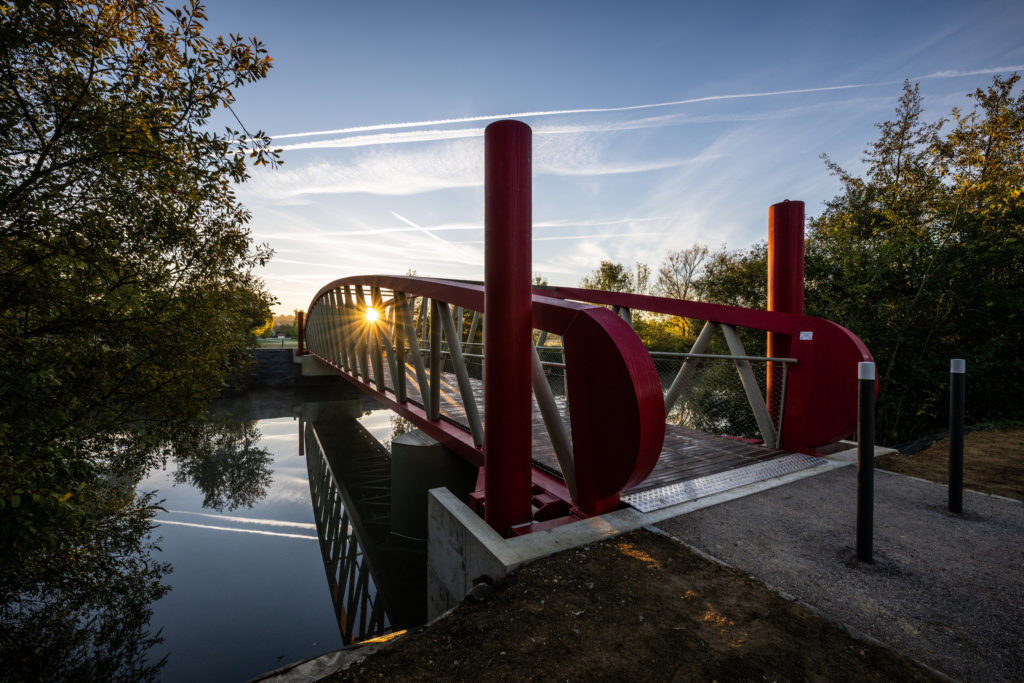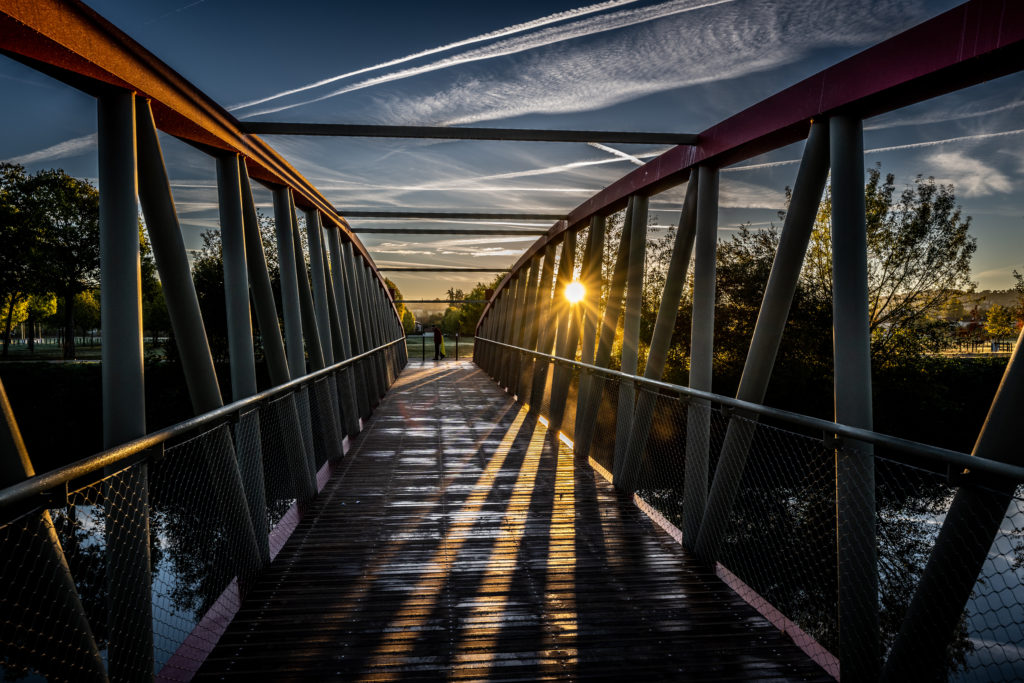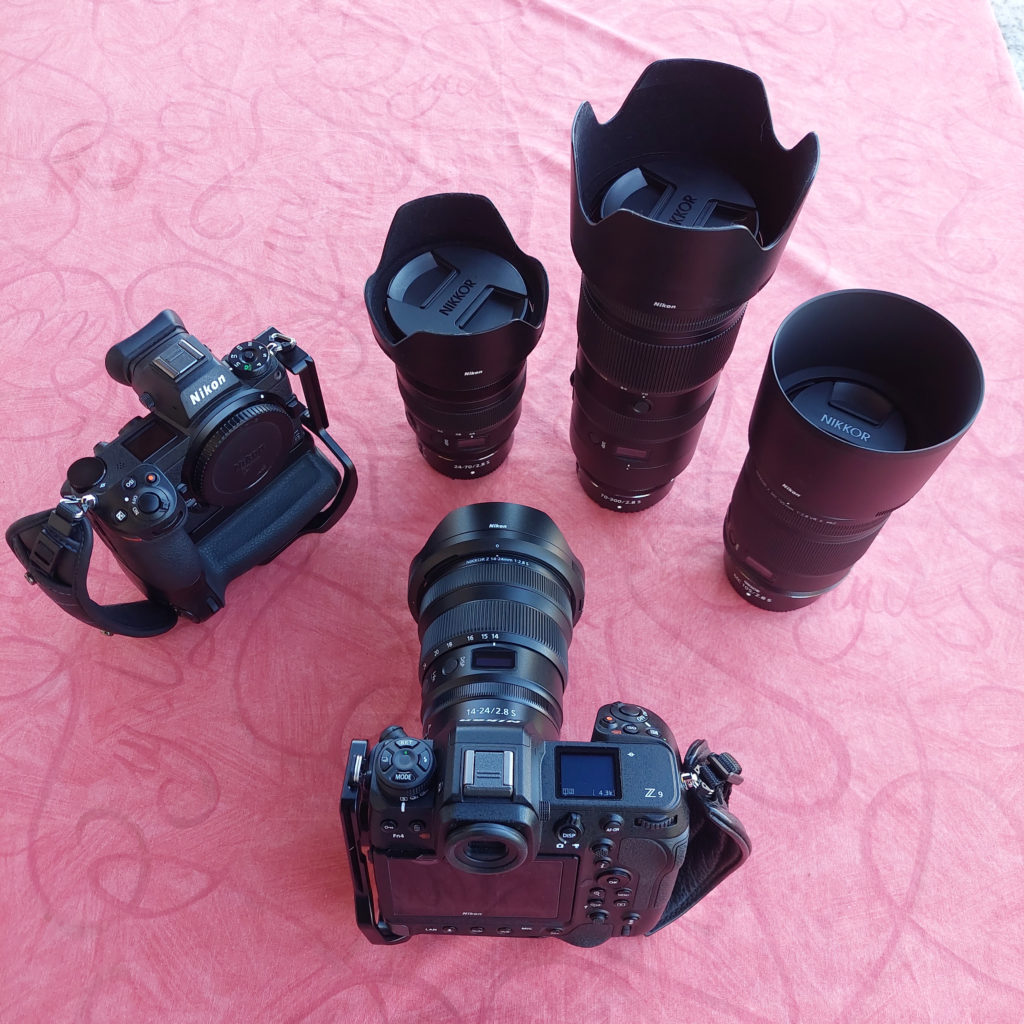MRMC is a NIKON owned company that manufactures robotic camera equipment. They build machines which can photograph or video in extreme conditions, or where repeatable motion is required etc. Everything is computer controlled to the point where AI (Artificial Intelligence) is fast becoming ‘built in’ and which renders the equipment almost completely autonomous in certain situations.
There have been reports hi-lighting the use of numerous MRMC setups during the recent World Cup football games in Qatar. The camera rigs have been mounted high up in the football stadiums (stadia?) and equipped with 100-400mm zoom lenses. Everything was ultimately controlled by a few humans, but it seems that both the ball AND the players have radio trackers and in consequence, the MRMC equipment could be ‘tuned’ to follow one or other of the trackers during a game.
My question is simple: is this photography?
In the sense that an image is recorded on a film or sensor, then yes, obviously it is. But to the purists like me, having a human eye in a viewfinder watching and anticipating (and oft times failing to capture) any given moment is a fundamental part of ‘photography’.
A couple of years back, during our annual ‘pilgrimage’ to Perpignan for Visa, we were presented with a large exhibition of wildlife photographs by an American photographer. The big cats, extremely hard to photograph in the wild, were presented in close-up etc. and the photographer was proudly showing off the camera setup – cameras in waterproof boxes linked to infra-red sensors which triggered the camera when something passed in front of it. The ‘photographers’ job was to simply place the boxes (based on information from his local trackers presumably) turn the system on, then retire to a safe distance to have a fag, read a book and let everything happen. Then the next morning or whatever, to return and collect the boxes and see what ‘he’ has managed to capture.
Sorry mate – whilst I’m interested, and impressed, by the technology, it simply isn’t photography as I understand it. In effect, it was the animals themselves which ‘took’ their own photographs…which to me renders the whole operation meaningless. With no human intervention, and the ‘chances’ which automatically go along with that, this is NOT photography to me.
